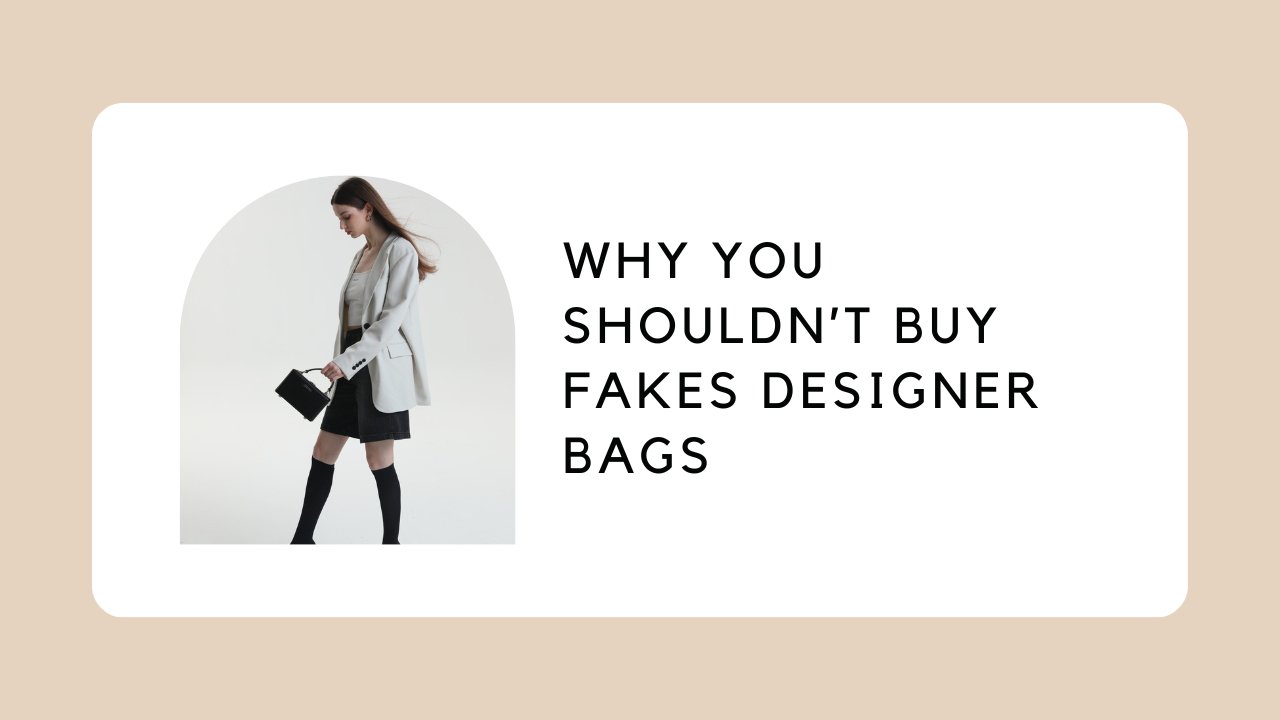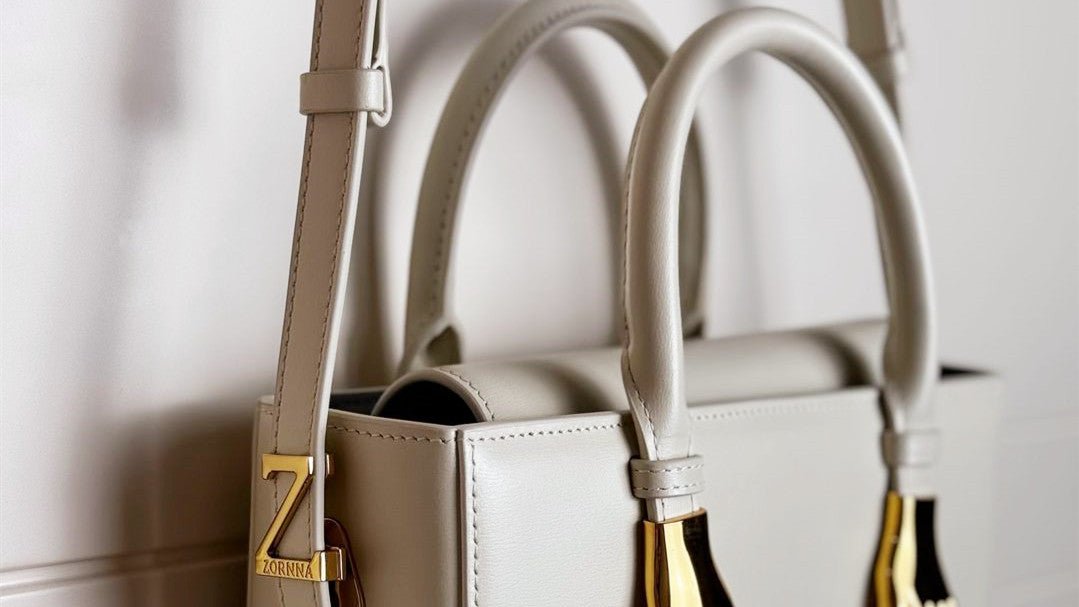Why You Shouldn’t Buy Fakes Designer Bags

In recent years, the market for counterfeit designer bags has experienced substantial growth, tempting thrifty fashionistas around the world with the allure of owning high-end products at significantly lower prices. While the economic benefit may seem obvious at first, there are numerous reasons not to invest in these deceptive accessories. This article delves into the less-than-glamorous reality of counterfeit products, shedding light on the hidden costs associated with fake designer bags.
Economic Impacts of Counterfeiting
Counterfeit goods pose a significant threat to the global economy. The Organization for Economic Cooperation and Development (OECD) estimates that counterfeiting accounts for approximately 2.5% of world trade, a figure that translates to billions of dollars in lost revenues. These losses impact not only the designer brands themselves but also result in diminished investment in research, design, and innovation. Counterfeit sales may also lead to job losses as decreased revenue affects the companies' capacity to sustain their workforce.
Ethical Implications
The production of counterfeit bags is also associated with a range of ethical issues. Counterfeiting operations are often run by organized crime syndicates and linked to human trafficking and child labor. When purchasing counterfeit bags, consumers indirectly contribute to these illegal activities, endorsing practices that exploit vulnerable individuals.
Quality and Sustainability Concerns
In terms of quality, counterfeit bags simply cannot compare to their authentic counterparts. Original designer bags are crafted with extreme care, using high-quality materials, by skilled artisans who devote hours to the meticulous creation of each piece. In contrast, counterfeit bags are mass-produced, using inferior materials and poor craftsmanship, leading to products that lack durability and are likely to require replacement sooner.
From an environmental perspective, the production of counterfeit bags has an alarming footprint. Fake bag manufacturers often disregard environmental regulations, leading to significant pollution and waste. In contrast, many original designer brands are now prioritizing sustainability, investing in environmentally friendly materials and practices.
Legal Consequences
Lastly, buying and selling counterfeit goods is illegal. Penalties for the offense can vary and may include steep fines or even imprisonment. Consumers who buy counterfeit goods may also face issues when crossing international borders, as customs officials are entitled to seize counterfeit items.
Understanding the underlying costs of counterfeiting makes it clear: the allure of fake designer bags is just that, a deceptive facade. So next time you're tempted by the lower price tag, remember the real costs associated with that "bargain".
 Author: Seuruyalvi - Chief Designer
Author: Seuruyalvi - Chief Designer
My name is Seuruyalvi, as the chief designer at ZORNNA, I am responsible for overseeing the creative direction of the brand, from conceptualization to final product design.
Blog posts

Best Leather Top Handle Bag for Women: An All-Inclusive Guide
Every woman knows the frustration of needing multiple bags for different occasions—one for work, another for casual outings, and yet another for formal events. This juggling act not only complicate...
Meer informatie
Are Crossbody Bags Good for Travel?
Crossbody bags have become a staple accessory for travelers worldwide, offering a blend of style and functionality that appeals to both leisure adventurers and business globetrotters. In this artic...
Meer informatie
How to Gift Wrap a Handbag: A Step-by-Step Guide
Introduction Gift wrapping a handbag adds a personal touch to your present, making it not just a gift but a memorable experience. Whether it's for a birthday, anniversary, or any special occasion, ...
Meer informatie



